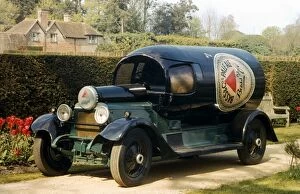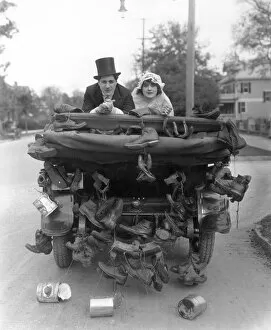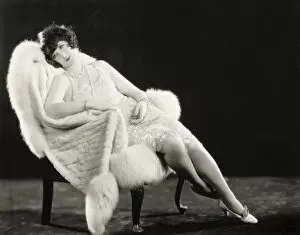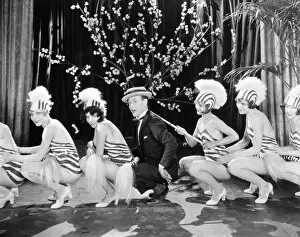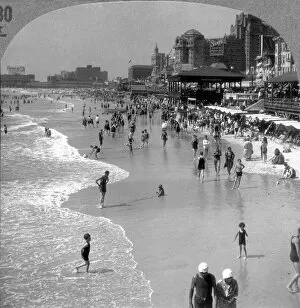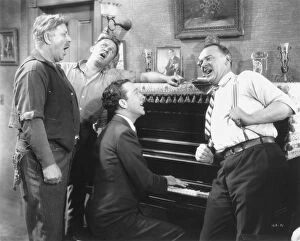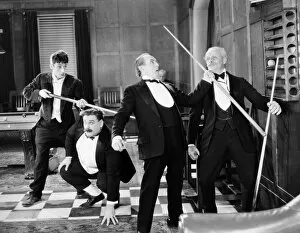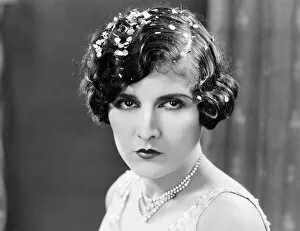Roaring Twenties Collection (#5)
Step back in time to the "roaring twenties, " a decade of cultural revolution and societal transformation
For sale as Licensed Images
Choose your image, Select your licence and Download the media
Step back in time to the "roaring twenties, " a decade of cultural revolution and societal transformation. The era was marked by iconic images that defined the spirit of the time. One such image is the RCA Victor trademark, featuring Nipper the dog, forever associated with His Master's Voice. This symbolized the growing popularity of music and entertainment during this period. In 1920, Albert Arthur Allen captured a moment that would become synonymous with freedom and liberation - a photograph of a nude chorus line in his production "Allen: Chorus Line. " It represented an era where boundaries were pushed, and self-expression thrived. The Charleston dance emerged as one of the defining dances of the 1920s. Its energetic moves and syncopated rhythms brought people together on dance floors across America, showcasing their exuberance for life. Prohibition also left its mark on this transformative decade. In 1922, revenue agents confiscated bootleg liquor in Washington D. C. , highlighting both defiance against restrictive laws and the rise of organized crime. Gangsters became legendary figures during this time, inspiring movies like "Public Enemy" or "Scarface. " A poster advertising Gangsters Season at BFI Southbank in 2009 pays homage to these notorious characters who captivated audiences then and continue to do so today. Fashion played a significant role in defining women's newfound independence during this period. Flappers boldly exposed their style through short dresses, bobbed haircuts, and vibrant accessories - challenging traditional norms every step of the way. Eduard Thony's drawing titled "Nacktkultur (Nudism)" from 1926 reflects another aspect of societal change during this era. It represents an emerging movement towards embracing naturalism and breaking free from conventional standards. Movie theaters provided an escape from reality for many Americans in the 1920s. An interior shot captures an unidentified New York City theater showing a film starring the beloved Buster Keaton.

